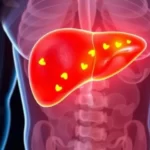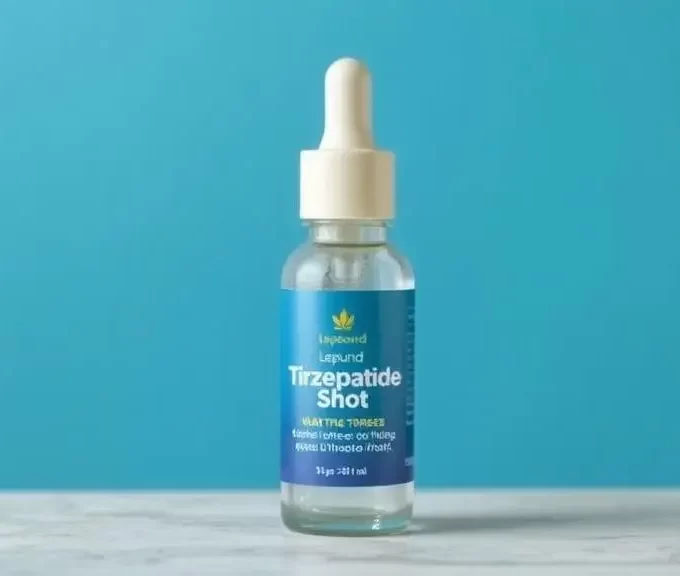Child Asthma is a widespread respiratory condition affecting both children and adults, and when it occurs in young ones, it’s often referred to as childhood asthma or asthmatic bronchitis. This condition arises when the airways become inflamed and narrow, impeding oxygen flow to the lungs and trapping carbon dioxide. While normal breathing involves smooth airflow through the trachea, bronchi, and bronchioles into the alveoli, child asthma disrupts this process through spasms and swelling of the bronchial tubes. This can lead to coughing, wheezing, shortness of breath, and fatigue during flare-ups.
What Causes Childhood Asthma?
The causes of childhood asthma can be broadly categorized into two.
Extrinsic (External) Factors: They comprise a wide range of allergies, which include allergens such as food allergens, pollutants (Industrial pollutants), chemicals (pest control), environmental factors (Pollen, dust mites, cats, cockroaches, fungi, smoke), and temperature intolerance. Physical exertion or exercise is known to induce an asthmatic episode. Certain infections, such as viral, bacterial, or fungal infections, often lead to asthmatic breathing.
Intrinsic (Internal) factors: The extrinsic factors alone cannot produce asthma, as not everyone who is exposed to the pollen develops asthma. Again, not everyone who is allergic to pollen develops Child asthma. This means that asthma is not merely a disease of the lungs but of the immune system.
Recognizing Symptoms and Diagnosis
Asthma in children comprises a set of variable symptoms. The onset of Child asthma may have a typical cold and runny nose, sneezing, nasal blockage, sore throat, and with or without fever. Then the symptoms might settle in the chest, producing cough and congestion, leading to the typical chest spasm, which is described as a wheeze in everyday language.
Diagnosis :
A typical and full-fledged episode of Child asthma could be diagnosed without difficulty by parents as well as by the suffering child. When the attending physician auscultates the chest with a stethoscope, a diagnostic bronchospasm (wheeze) may be found, which confirms the diagnosis. An additional clinical test with a small device called a Spirometer, which is used to determine the flow of air inhaled and exhaled. In brief, this device is used to judge the extent of the airway obstruction. The tests with the Spirometer are also called Pulmonary Function Tests (PFT).
Homeopathic Treatment
Child asthma finds an excellent cure with homeopathic treatment. Many pediatricians (Child specialist doctors) in India opt for getting their children treated for asthma using homeopathy. Homeopathy drastically reduces the frequency of attacks of asthma, reduces the severity, and the duration of the attack. Also, after using homeopathic treatment, most children may not require the use of steroid inhalers as often. It also helps reduce the frequency of colds.
Thuja occidentalis:
This is a drug prepared from the plant Thuja occidentalis, commonly known as Arbor Vitae. This is a deep-acting remedy with a wide sphere of action. It is a constitutional remedy of great use in many disease processes. It has profound action on respiratory organs, skin, genitourinary organs, joints, nervous system, glands, kidneys, blood, etc. It is one of the frequently indicated remedies for asthmatic bronchitis as well as adult asthma.
Antimonium tartaricum:
This drug is prepared from the tartarate of antimony and potash, and this medicine finds its therapeutic application primarily towards the treatment of respiratory diseases, mainly in asthmatic bronchitis. After undergoing the process of potentization, the latent curative powers of this drug are brought to the surface. It is one of the commonly indicated remedies for asthmatic bronchitis.
Kali carbonicum:
Potassium carbonate undergoes the process of potentization to evolve into a powerful, deep-acting homeopathic remedy called Kali carb. It is a polycrest drug, having effects on multiple organs and systems in the body. Kali carbonicum does wonders in cases of asthma, bronchitis, tuberculosis, and pneumonia. It is also one of the commonly used medicines for hepatitis, Vitiligo, warts, eczema, urticaria, hair loss, low backache, menstrual bleeding, etc
These remedies must be chosen based on the child’s symptom pattern and administered under an experienced homeopathic doctor’s care.
What Evidence Supports Homeopathy?
Homeopathy is considered safe and generally well-tolerated, mainly because the remedies are highly diluted and easy to administer, even to children. In the context of child asthma, many parents value homeopathy’s gentle and holistic approach, which aims to address both acute respiratory symptoms and underlying immune sensitivity, often with minimal side effects.
However, it’s important to note that scientifically, homeopathy lacks strong support from high-quality evidence. Research reviews and systematic analyses have consistently found that homeopathic remedies perform no better than placebos in controlled studies. As a result, the mainstream medical consensus considers homeopathy inconclusive and insufficiently supported for conditions like childhood asthma.
Conclusion:
For many families, homeopathy offers a gentle, individualized approach to managing child asthma, potentially reducing attack frequency and alleviating symptoms naturally. Yet, parents should always consult a qualified homeopath and never use these remedies in place of emergency interventions like inhalers when needed. A combined approach balancing conventional medicine for immediate relief and homeopathy for longer-term support often proves most effective.
FAQs
How can you tell if a kid has asthma?
Common signs include frequent coughing (especially at night), wheezing, shortness of breath, and chest tightness during play or sleep.
What is the 2-2-2 rule for asthma?
The 2-2-2 rule reminds caregivers to give two puffs of a reliever inhaler, wait 2 minutes, and repeat 2 times during an asthma flare-up before seeking medical help.
What do you do for a child asthma?
Follow their Child asthma action plan, use prescribed inhalers properly, avoid known triggers, and ensure regular check-ups with a healthcare provider.
At what age can asthma be diagnosed?
Asthma can often be diagnosed in children as young as 2–5 years old, especially if symptoms are persistent and there’s a family history of allergies or asthma.
Can childhood asthma go away?
Yes, some children outgrow asthma, but others may continue to have symptoms into adulthood. Ongoing management helps reduce long-term risks.










